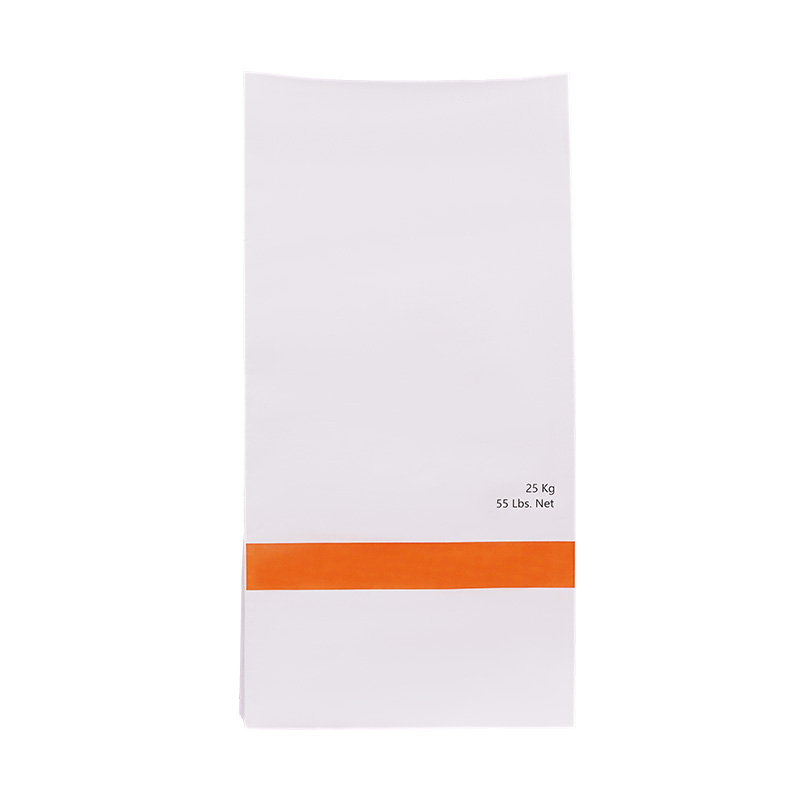Email us now!
In recent years, manufacturers in the packaging industry have been turning their attention to innovative materials designed to improve the durability and functionality of PP Ton Bags. These bags, commonly used for transporting heavy bulk items such as grains, chemicals, and construction materials, are being reimagined with the integration of newer components aimed at enhancing load capacity and environmental resilience.

Traditionally made from woven polypropylene, PP Ton Bags are valued for their ability to carry large volumes while remaining relatively lightweight. However, as logistics operations become more complex and end-user expectations shift, the demand for higher performance under stress and varying climates has pushed producers to explore a wider range of polymers, coatings, and design techniques.
One notable development involves the blending of polypropylene with additives that improve UV resistance and moisture control. This adaptation is particularly important in sectors where the storage of materials outdoors is common, and where environmental exposure can degrade the bag's structure. As manufacturers test various combinations, they are also considering how these changes can affect the recyclability and life cycle of PP Ton Bags.
At the same time, advancements in flexible packaging bags are influencing changes in bulk packaging strategies. While flexible packaging bags are more commonly used for food products, fertilizers, and smaller industrial items, the materials and technologies being applied in this segment are inspiring improvements across larger-scale packaging as well. Lamination techniques, barrier films, and biodegradable components are all being reviewed for their compatibility with PP Ton Bags, especially in applications where contamination control is critical.
The convergence of features from flexible packaging bags into bulk transport formats is allowing companies to rethink the role of packaging in the supply chain. For example, the incorporation of multi-layer materials can help prevent leaks and increase puncture resistance. These qualities, previously associated more with smaller, consumer-grade packaging, are now being scaled to meet the demands of bulk handling.
In this evolving context, flexible packaging bags are also undergoing changes to better complement bulk storage needs. Some manufacturers are experimenting with hybrid solutions that combine the structural benefits of PP Ton Bags with the sealing and lining capabilities of flexible bags. This dual approach is gaining interest in industries where cleanliness, safety, and easy unloading are key priorities.
As research continues, the potential overlap between flexible packaging bags and PP Ton Bags is widening. Although they serve different packaging scales, lessons learned from one category are informing improvements in the other. Engineers working on flexible formats are sharing insights into materials that could reduce friction, enhance printability, or improve stacking efficiency—traits that are also useful for ton-sized containers.
Looking forward, producers are expected to continue refining both PP Ton Bags and flexible packaging bags to meet emerging industry standards. Regulatory frameworks surrounding material safety, waste management, and carbon impact are becoming stricter, prompting a reassessment of how packaging is manufactured and used. In response, collaboration between material scientists and industrial designers is intensifying.
In sectors such as agriculture, mining, and chemical production, where PP Ton Bags are heavily relied upon, the shift toward innovation is not just about aesthetics or branding—it’s about performance and responsibility. The evolution of flexible packaging bags offers valuable insights into achieving these goals through smarter resource use and better material engineering.
The exploration of new materials signals a broader commitment to reliability and adaptability. As manufacturers invest in the development of stronger and more efficient PP Ton Bags, they are simultaneously reshaping expectations around flexible packaging bags, ensuring that both formats continue to play essential roles in modern logistics.

 English
English русский
русский Español
Español عربى
عربى Türk
Türk







